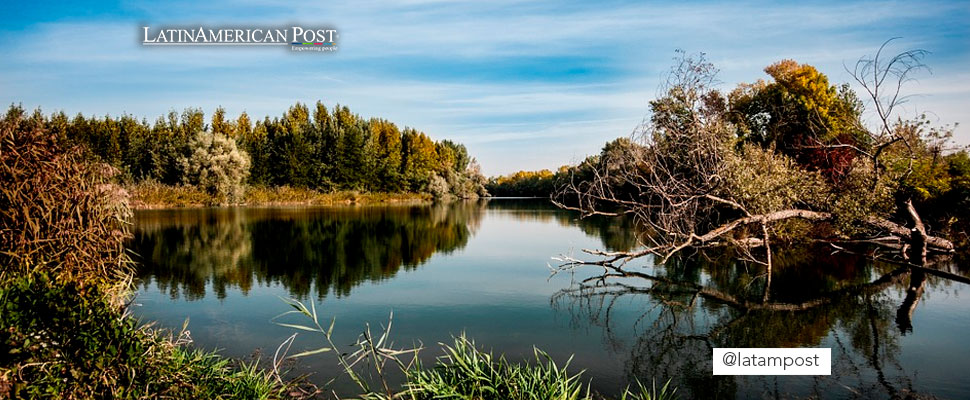Social And Environmental Justice Must Go Hand In Hand
In the midst of the environmental crisis we can not separate social and environmental justice

Photo: Pixabay
LatinAmerican Post | Vanesa López Romero
Every February 20, the Day of Social Justice is celebrated, a date declared by the UN in 2007 to promote efforts that focus on facing poverty, exclusion and unemployment to generate equal opportunities regardless of class, race, gender, or where you come from. Social justice is strongly linked to human rights to which, unfortunately, very few people can fully access. In addition, there is another relationship that is key at the moment in which we live as humanity: social justice and environmental justice.
The relationship between social and environmental justice
When we speak of social justice we refer to the need for individuals, states, governments, communities and entities to recognize the failures and inequities of which millions of people around the world are victims. For UNICEF, these are problems that can be worked on, but that are often left aside due to the discomfort involved in attacking them directly.
And environmental justice? Although it is clear that nature is not a human being, the environment must also be a subject that enjoys rights, since our existence as a species depends to a great extent on it and on the state in which it finds itself. Also, just because you’re not human doesn’t mean you’re not alive. Today we see how, due to human activities, the environment is deteriorating and problems such as climate change have less and less chance of being reduced.
Read also: Ecocide in Colombia: The Hypocrisy of Ivan Duque
The relationship between justice social and environmental justice lies in the fact that the causes of environmental crises are mostly the responsibility of the most developed countries, which have precisely based their development at the expense of other developing regions.
If we refer to colonization we can see it clearly. Human beings were stepped over to extract from the earth. We continue to see it today, regions such as Africa or Latin America and developing areas of Asia today are experiencing the consequences of the pollution that has been produced in those places because of the economic activities of world powers.
The problem is that, although world leaders are already paying more attention to environmental problems, their proposals are far from social justice, that is, they do not take into account that if a natural territory is to be protected, the native community that inhabits it must also be protected. Furthermore, when these proposals become treaties, very rarely do we see actions. The budgets, the initiatives, the desire to fight against climate change remain on paper.
What we can see is how hundreds of communities live in malnutrition while extensive and intensive cattle ranching is the cause of deforestation in the Amazon. Or we can see communities like the one in Bangladesh with genetic diseases due to pollution in their rivers due to waste from the textile industry. Social justice, then, must think about environmental justice, and environmental justice about social justice. If you think of them as different approaches and work in isolation, you are not attacking the root problem.




